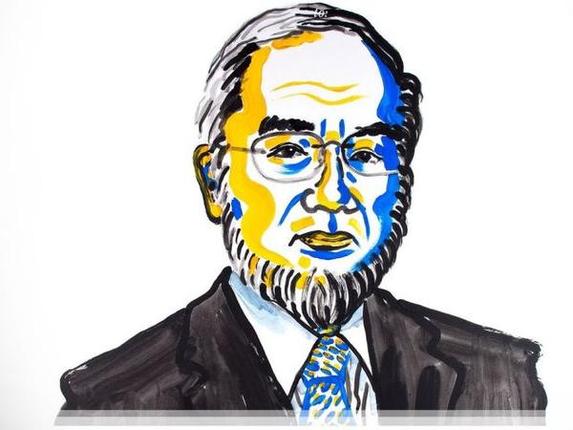The winners of the Nobel Prize were announced in the first week of October and the prize has recognized a few scientists for their groundbreaking discoveries.
First awarded in 1901, the prizes are awarded for discoveries in chemistry, literature, peace, physics and physiology and medicine. These discoveries have often led to revolutionary changes in the way our world is understood and improvements in technology that could benefit humankind.
The 2016 Nobel Prize in Physics was awarded to David J. Thouless of the University of Washington, F. Duncan M. Haldane of Princeton University and J. Michael Kosterlitz of Brown University. Kosterlitz and Thouless studied extremely cold and thin phases of matter and showed that they exemplified unusual quantum effects such as superconductivity, a phenomenon of exactly zero electrical resistance, and superfluidity, where a fluid flows without loss of kinetic energy.
Haldane studied the properties of chains of small magnets found in some materials. All three used topological methods to analyze their work. Their discoveries in understanding how matter reacts when it changes phases could be helpful in producing more advanced computers or building materials.
The Nobel Prize in Medicine went to Yoshinori Ohsumi, a Japanese cell biologist. Dr. Ohsumi started studying yeast in order to learn more about autophagy, the process by which cells recycle their content by essentially eating parts of themselves to rid themselves of disease, injury or starvation.
He discovered genes in yeast that participate in the recovery process and found that these genes existed in humans as well. The potential health benefits for humans are outstanding. If the human autophagy system can be activated, human cells can repair and rejuvenate themselves with this process.
The Nobel Prize for Chemistry went to Bernard Feringa of the University of Groningen in the Netherlands, Jean-Pierre Sauvage of the University of Strasbourg in France and Sir. J. Fraser Stoddart of Northwestern University. The three created molecular machines made up of tiny molecules linked together as working motors, simple machines and elevators that function at a fraction of the size of a human hair.
The scientists even built a four-wheel drive car. With small rotor blades, motor and axle systems from molecules, these small machines can even be self-propelled. These small machines can potentially be used to discover and fight illnesses in people or generate electricity to power small devices.
With some hearty congratulations to these Nobel Prize winners, scientists can now seek to expand on these discoveries to help change life on Earth for the better.










